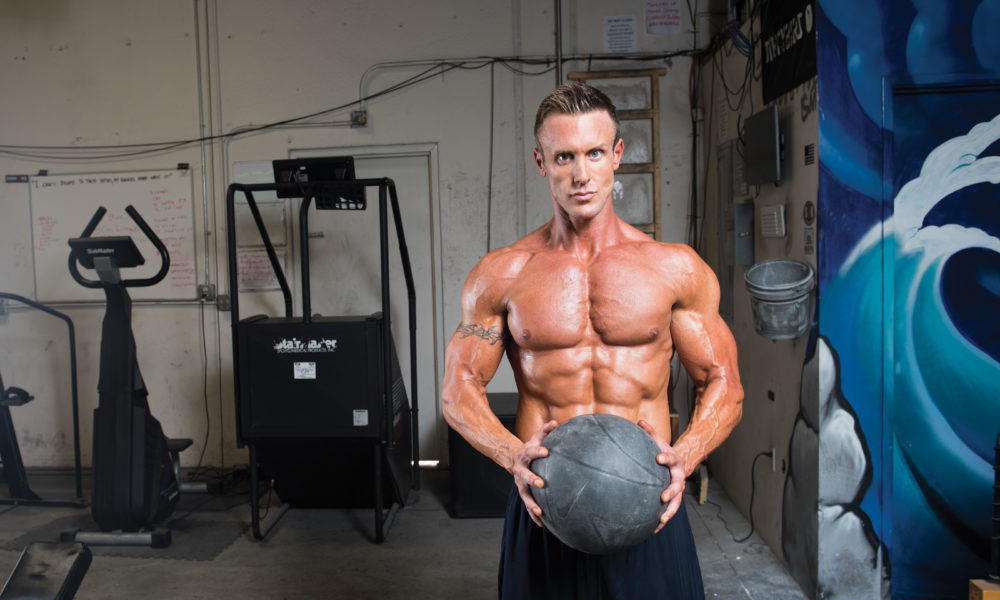

This modernized peripheral heart action circuit builds muscle, burns fat, improves health markers, and fits seamlessly into any program.
By Mike Carlson
For years, fans and critics have lamented that the bodies of current heavyweight bodybuilders don’t look like the iconic chiseled physiques of the golden era that started the muscle craze. Where are the Michelangelo-inspired forms that resemble Steve Reeves, Vince Gironda, and Frank Zane? What has been lost in modern training that makes a lean yet muscular and proportional body so rare?
One technique that was heavily used in the 1960s is a type of circuit training called peripheral heart action, known as PHA. Unlike bodybuilding, which is concerned with flooding small compartments with as much blood as possible, the goal of PHA is to constantly circulate blood between your upper and lower body. PHA has been shown to increase strength, boost metabolism, and even improve health markers. Before the onslaught of performance-enhancing drugs defined modern bodybuilding, PHA helped build beautiful, contest-winning physiques. In fact, one of the most vocal proponents of PHA has been 1966 Mr. America champion Bob Gajda, a man who once beat legends Sergio Oliva and Arnold Schwarzenegger in the amateur ranks.
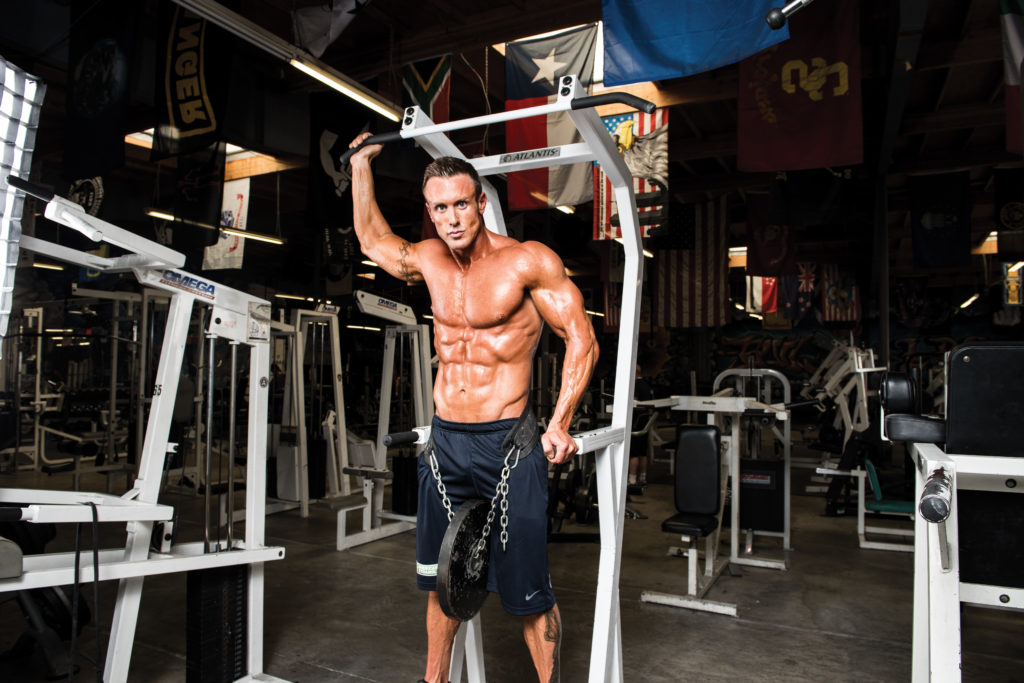
PHA alternates upper-body and lower-body exercises to pump blood to extreme ends of the body. While this may seem antithetical to anyone who chases the pump, it also reduces lactic acid buildup and mitigates muscle damage and soreness. That’s why you can seamlessly drop PHA into your program without derailing your current bodypart split or fear of pushing yourself into overtraining. Don’t assume that this is a cupcake workout, though. The unique format of PHA encourages you to train with added intensity.
“Alternating exercises between upper and lower body allows ATP replenishment and lactic acid reduction in the upper body while you hit lower body. Then when you hit the upper body again, you have some gas in your tank because you have buffered out the lactic acid,” says strength coach and kinesiologist Brian Richardson, MS, CPL2, NASM-PES, co-owner of Dynamic Fitness in Temecula, California.
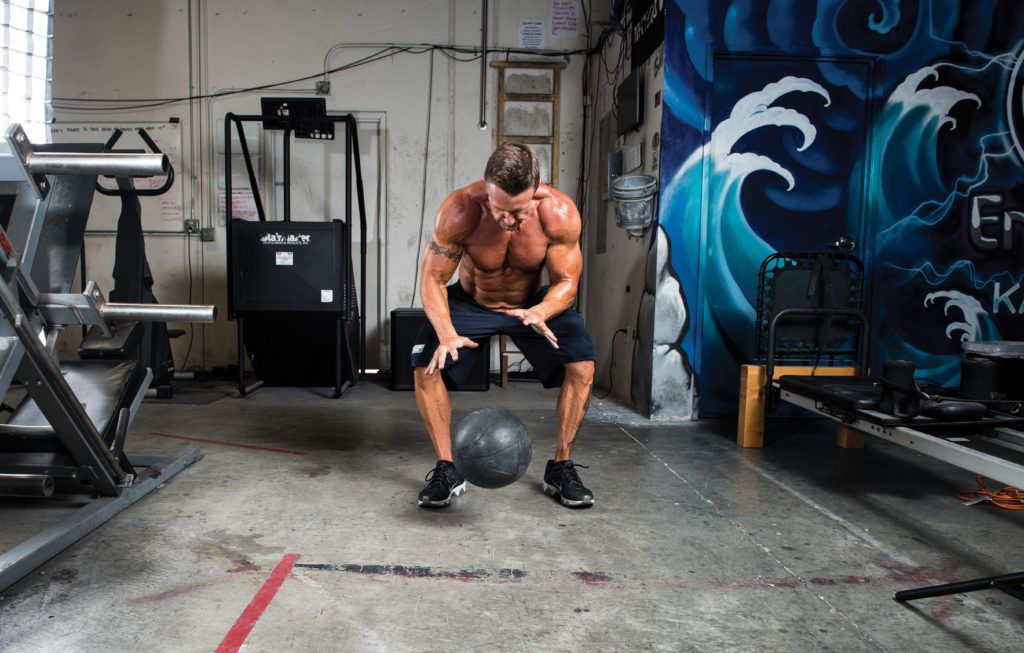
The circuit format presents a significant cardiovascular challenge as well as the benefits that come with elevated heart-rate training. General physical preparedness is improved, along with a number of aerobic and anaerobic adaptations. In fact, a study published last year in the European Journal of Applied Physiology compared a PHA program to a typical high-intensity interval training regimen. Compared to the HIIT group, subjects who did a PHA workout experienced decreased cardiovascular risk factors (such as lower blood pressure), increased muscular strength, and greater oxygen consumption, which leads to an elevated post-workout metabolism. In other words, PHA seemed to bring the same assets to the table as the ever-popular HIIT protocol, but also some hypertrophy and cardiovascular benefits as well.
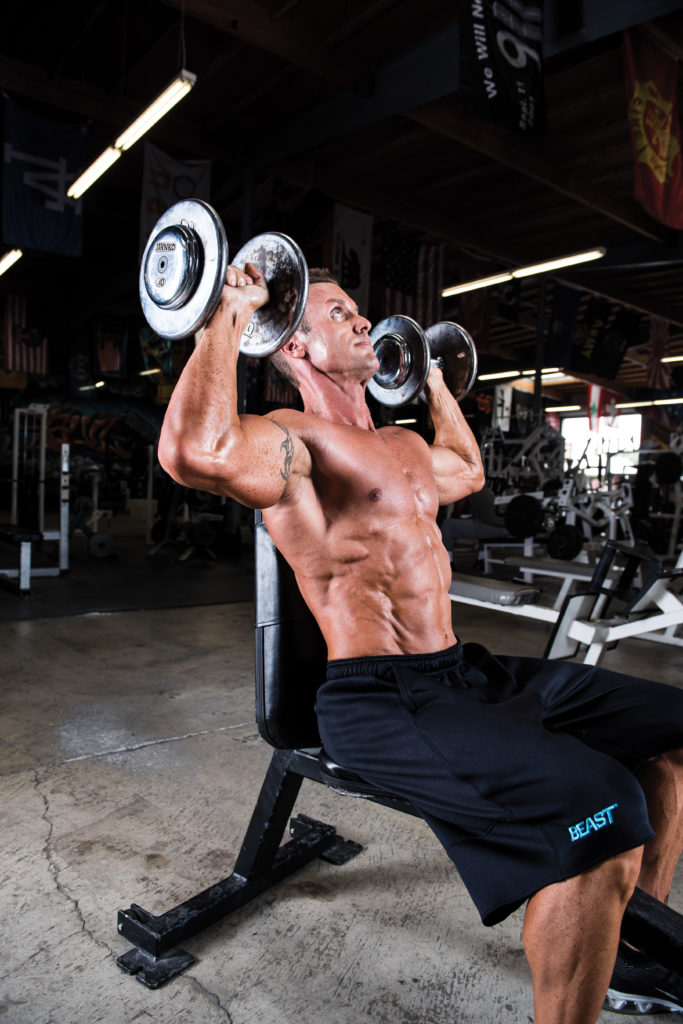
“This type of workout improves systemic circulation. Oxygenated blood in the lungs comes out through the left ventricle and though the arteries,” Richardson says. “When you are creating an environment where you have to ventilate more, you start getting improvements in mitochondria and the system gets better at pumping blood to extremities and oxygenating. You are increasing cardiac output and you are increasing stroke volume, so at the end of the day it is phenomenal for the heart.”
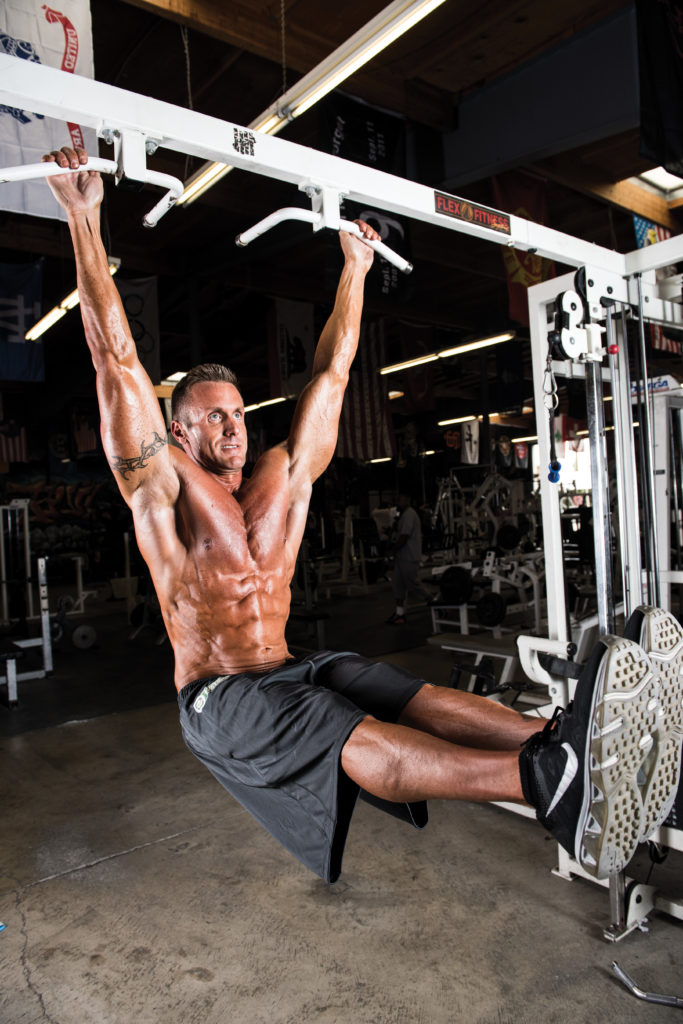
PHA is the perfect solution when you want to train but certain bodyparts are too sore, you are feeling overtrained, or you have planned an active rest day. It’s somehow gentle but intense at the same time, and provides many of the adaptations you chase in the weight room, but without the wear and tear on your muscles or your central nervous system.
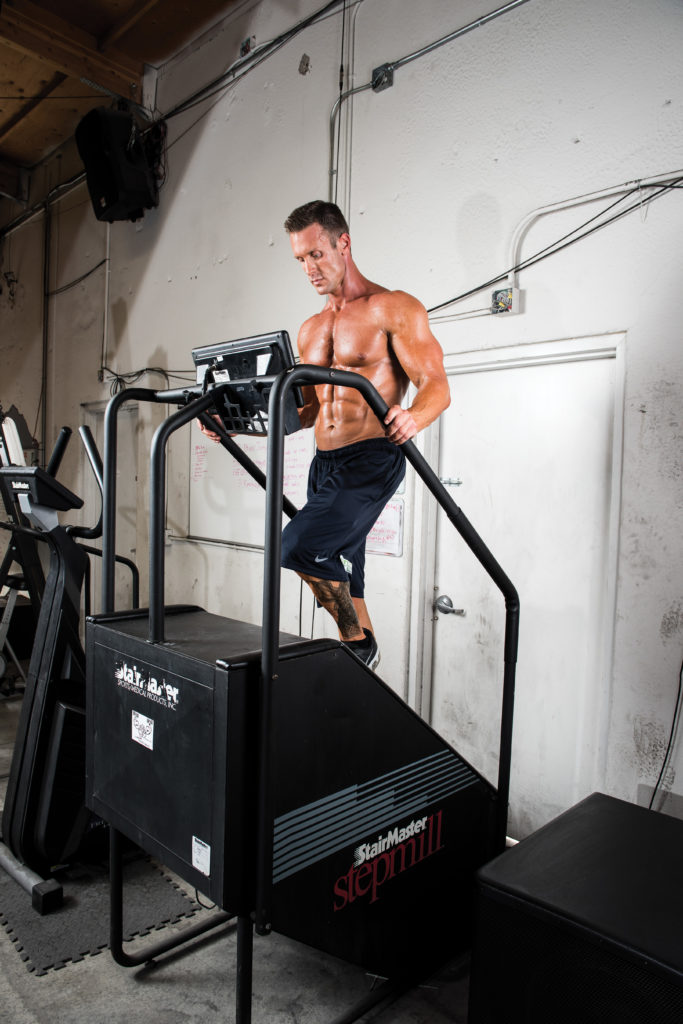
You Gotta Have Heart
The following is a sample of a modernized peripheral heart action workout. It combines two mini circuits that shunt blood between your upper body, core, and lower body. Instead of a traditional lift for the lower body, we have incorporated high-intensity sprint intervals to increase the calorie burn, tax a different energy system, and reduce muscle damage that might impact your body part training.
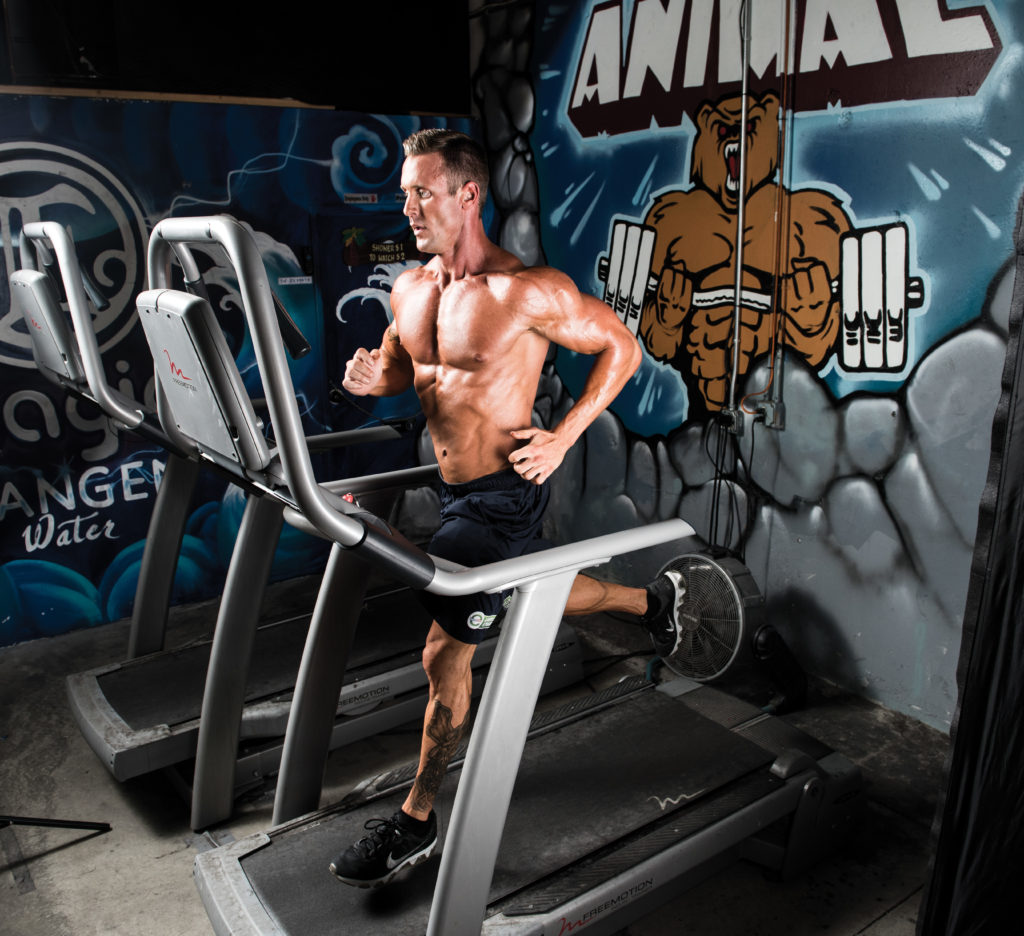
Perform the following exercises in the exact order listed. For the three traditional lifts, use a weight that is approximately 70 to 80 percent of your 10-rep maximum for that exercise and perform the reps with an equally slow and controlled tempo during the eccentric and concentric portions. If it is not challenging enough, add more weight for subsequent sets. Repeat this circuit five to six times, moving between exercises with only enough rest to set up the next movement. Take 60 seconds of rest between each full circuit. The whole workout should take less than 30 minutes.
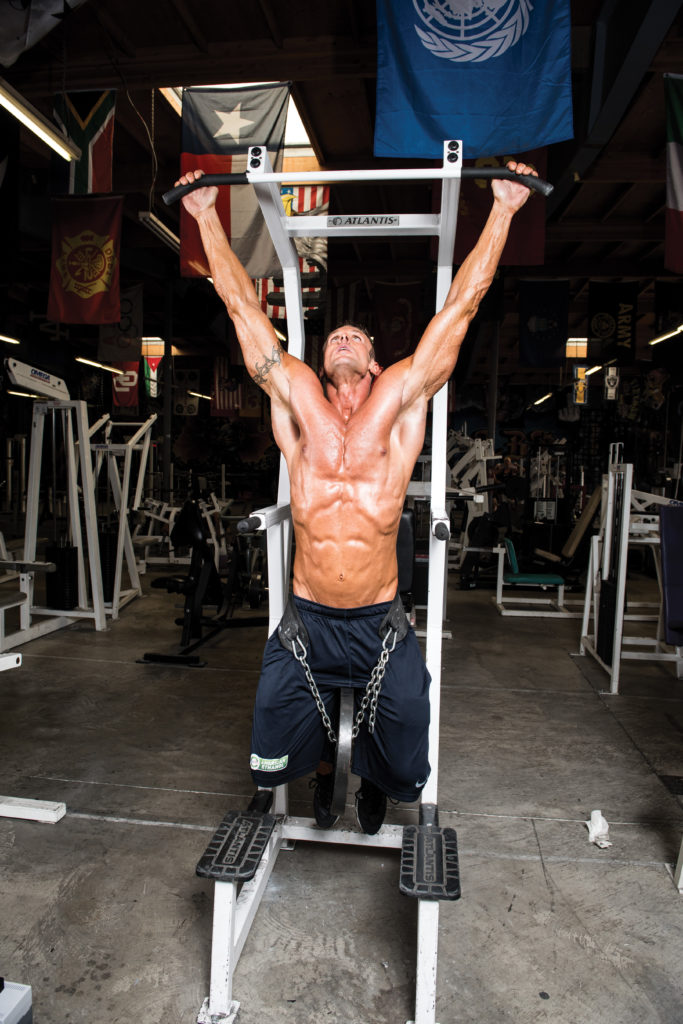
Exercise Reps
Weighted Pull-Up 6-12
Ball Slam 20
Treadmill Sprint 45-60 seconds
Seated Dumbbell Overhead Press 20
Hanging Leg Raise 15-20
StepMill Sprint 45-60 seconds
Weighted Pull-Up
Attach a weight to a dip belt and secure it around your waist. You can also use a weight vest or hold the post of a dumbbell between your feet or pinched between your thighs. Grab the pull-up bar with the palms of your hands facing forward. Both arms should be extended in front of you as you start from a dead hang. Activate your lats and pull yourself up until your head comes above the bar. Hold for a beat and then slowly lower back to the starting position with your arms extended.
Ball Slam
Stand up straight with your feet placed approximately shoulder-width apart. Hold a soft medicine ball or rubber slam ball (neither of which will bounce high enough to hit you in the face) with both hands directly in front of your torso. From this starting position, raise the ball above your head, fully extending your legs and torso. Bring the ball down using force from your core and hips, slam the ball into the ground directly in front of you as hard as you can. Maintain a slight curve in your back after slamming the ball. Drop into a parallel squat to scoop up the ball with both hands. As you come back up, generate force from the ground up through the body by driving your feet into the floor. Extend your body, bring the ball back overhead, and repeat for reps.
Treadmill Sprint
Stand over the belt and start the treadmill. Once it gets up to speed (between 7.0 and 9.0) hold yourself over the belt by supporting your weight with the handrails. Find the right speed and rhythm with your feet before dropping your full weight onto the belt. Sprinting for 45 to 60 seconds and then use the handrails to elevate your feet and come to standing with a foot on either side of the moving belt. If your gym is not too crowded, leave the treadmill on at this speed so you can come back for your next sprint and not have to wait for it to fire up.
Seated Dumbbell Overhead Press
Sit in a straight-backed chair with a dumbbell in each hand, resting on your quads. Bring the dumbbells up one at a time by using your thighs to bring the dumbbells up to shoulder height at each side. With your palms facing forward, raise your upper arms until they are parallel with the floor. This is your starting position. With your eyes on the horizon, actively engage your core and slowly exhale as you begin lifting the dumbbells overhead until your elbows are almost locked out. Pause for a beat and then slowly lower the weight back to the starting position.
Hanging Leg Raise (Randy: Just show an “A” shot here, with the legs up. I like 5845)
Grasp a pull-up bar with an overhand grip, your hands slightly wider than shoulder width. Draw your belly button in, and posteriorly rotate your pelvis so there is less arch in your lower back. Bring your legs up until your thighs are parallel to the floor. This is your starting position. Go into a slight pelvic rotation and raise your legs as high as you can before returning them back to stop at parallel. If it is too difficult to perform with straight legs, perform a hanging knee raise instead. For either variation, make sure your thighs go as high above parallel as possible in order to isolate the low fibers of the abdominal wall.
StepMill Sprint
If you’ve never used a StepMill before, you’ll most likely have to keep your eyes on the steps for the first several times you use it. As you step, lightly hold onto rails. Allow the foot to make full contact with each step, keeping your knees over the second toe. Drive each footfall with your glutes and the hips. You can lean forward slightly, but maintain core control and good posture.
IM
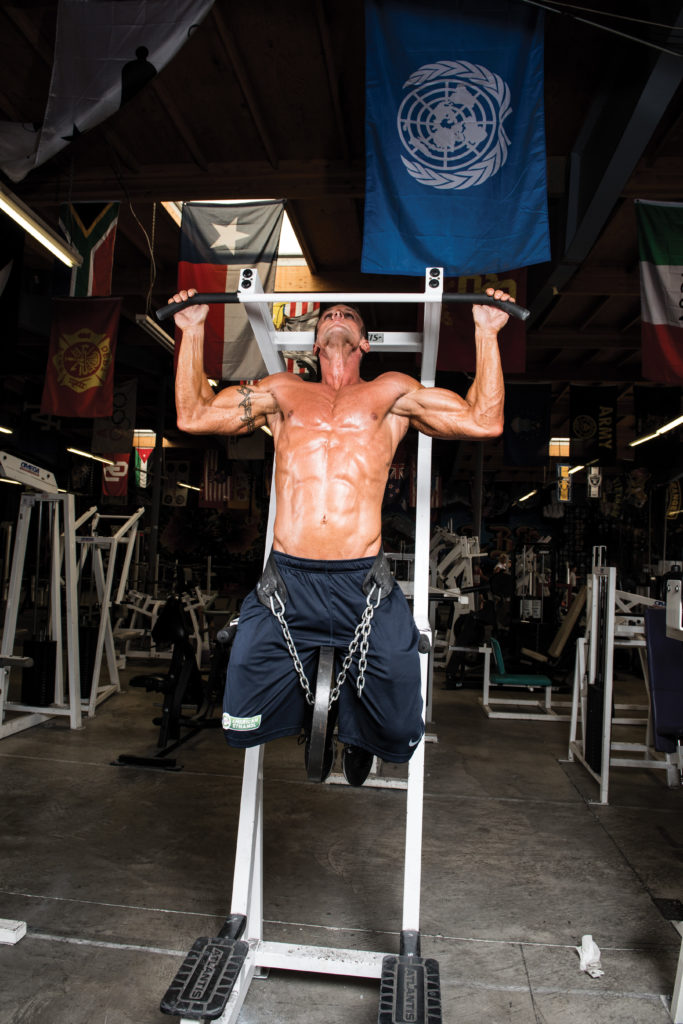






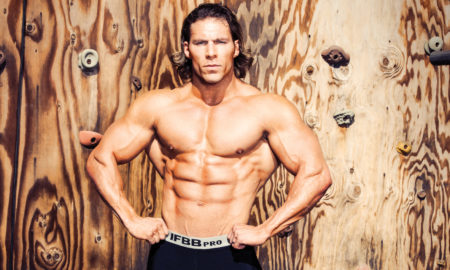
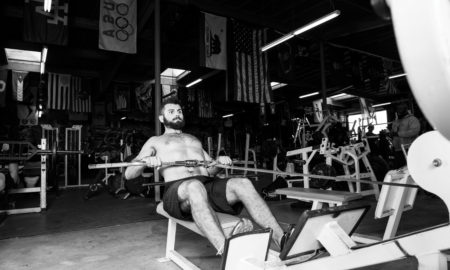














You must be logged in to post a comment Login